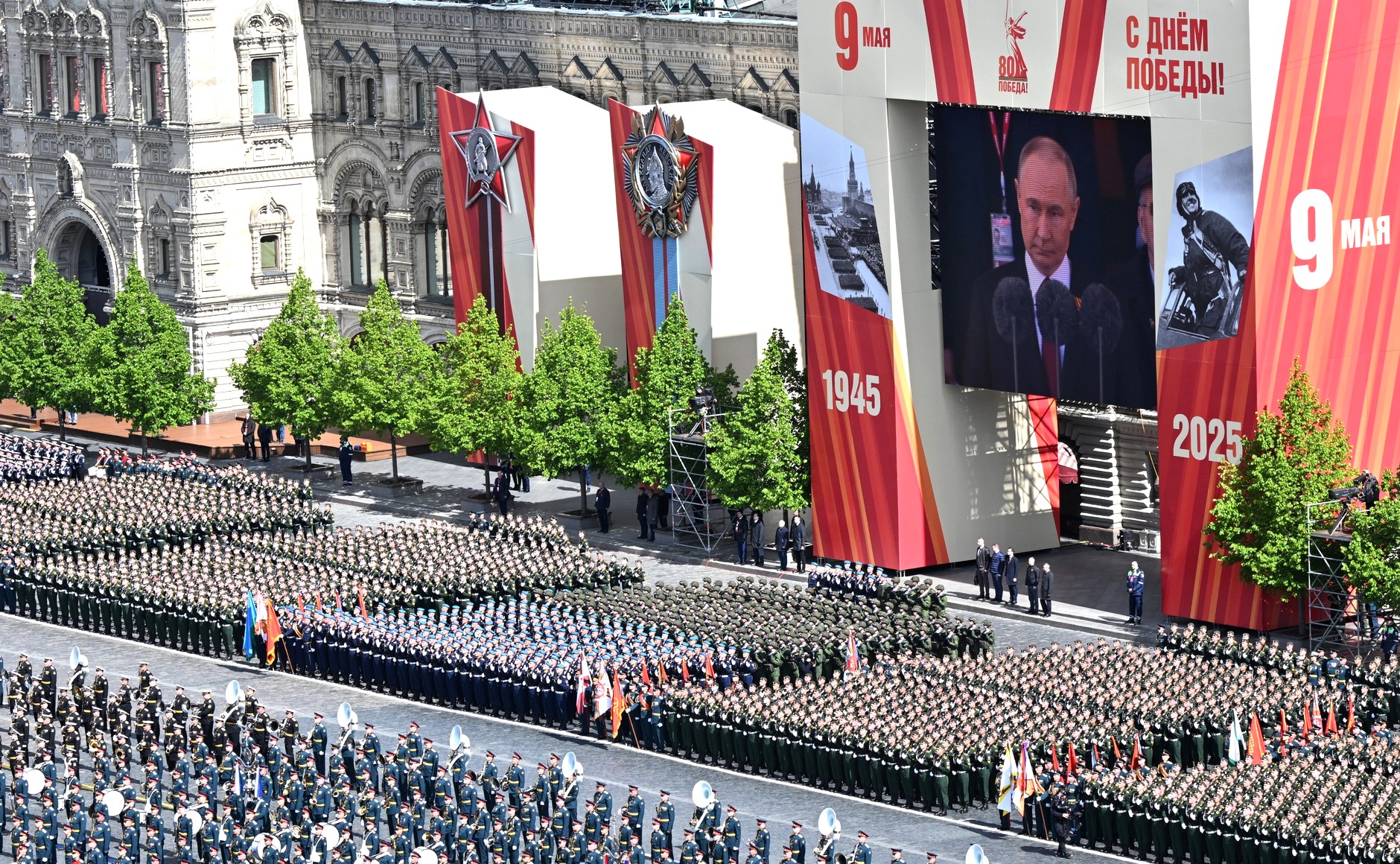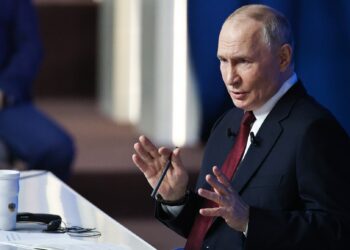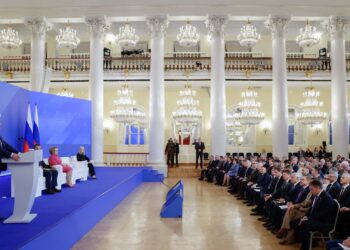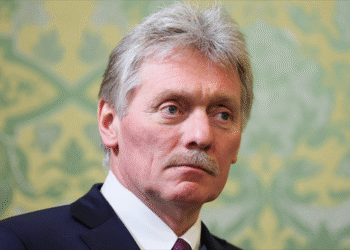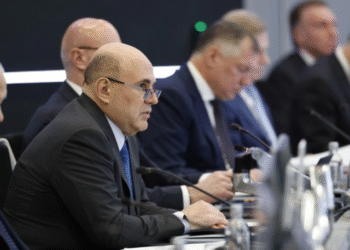MOSCOW (Realist English). Russia staged a grand military parade on Red Square to commemorate the 80th anniversary of the Soviet victory in the Great Patriotic War, with President Vladimir Putin presiding over the event. Attending alongside him were heads of foreign delegations who arrived in Moscow for the historic celebration. More than 11,500 service members and 61 units of military hardware took part in the parade, which blended tradition, symbolism, and modern warfare.
Before the parade, Putin greeted international leaders at the Kremlin. The ceremony began with the presentation of the Victory Banner and the Russian flag, followed by the march of 55 military formations, including troops from China, Vietnam, Egypt, Laos, Myanmar, and other partner nations in Asia and Africa. Over 1,500 servicemen had previously served in Russia’s Special Military Operation zone.
Defense Minister Andrey Belousov officially received the parade, which was commanded by Ground Forces Chief Oleg Salyukov. The mechanized column was led by a WWII-era T-34 tank and SU-100 self-propelled gun, followed by Russia’s latest combat systems — T-90M “Proryv” tanks, Kurganets-25 IFVs, airborne vehicles, and missile platforms such as the Iskander-M, S-400, and Yars.
For the first time, Russian loitering munitions and UAVs were showcased in the parade, including Orlan, Geran, Harpy, and Lancet drones. The event concluded with a flyover: a “Cuban diamond” formation of Su-30 and MiG-29 jets, and Su-25s trailing Russian tricolor smoke over the Kremlin. A combined orchestra of the Moscow Garrison provided the musical score.
In his address, President Putin emphasized the spiritual and political weight of Victory Day: “Russia will remain an unshakable barrier against Nazism, Russophobia, and antisemitism.” He underlined the continuity of sacrifice and memory, calling the victory legacy “sacred and not subject to revision.”
- Military personnel from 15 foreign countries participated in the parade.
- The Kremlin drew a symbolic connection between the 1945 victory and today’s military operations.
- Putin made an unusual diplomatic gesture by highlighting the wartime role of Central Asian and Caucasus republics.
The 2025 parade was not only a display of military hardware but a carefully orchestrated reaffirmation of Russia’s ideological narrative. As tensions with the West persist, the Kremlin is turning historical memory into a strategic asset — both for internal cohesion and international positioning. The visual juxtaposition of WWII armor and modern drones underscores that, in Moscow’s view, history is not past — it is active doctrine.


